ISO/IEC 14756-1999 信息技術(shù) 以計(jì)算機(jī)為基礎(chǔ)的軟件系統(tǒng)性能的測(cè)量和評(píng)定
作者:百檢網(wǎng) 時(shí)間:2021-08-05
中文標(biāo)準(zhǔn)名稱:信息技術(shù) 以計(jì)算機(jī)為基礎(chǔ)的軟件系統(tǒng)性能的測(cè)量和評(píng)定
英文標(biāo)準(zhǔn)名稱:Information technology - Measurement and rating of performance of computer-based software systems
標(biāo)準(zhǔn)類型:L77
發(fā)布日期:1999/11/1 12:00:00
實(shí)施日期:1999/12/31 12:00:00
中國標(biāo)準(zhǔn)分類號(hào):L77
國際標(biāo)準(zhǔn)分類號(hào):35.080
適用范圍:This International Standard defines how user oriented performance of computer-based software systems (CBSS)may be measured and rated. A CBSS is a data processing system as it is seen by its users, e.g. by users at variousterminals, or as it is seen by operational users and business users at the data processing center.A CBSS includes hardware and all its software (system software and application software) which is needed torealize the data processing functions required by the users or what may influence to the CBSS’s time behaviour.This International Standard is applicable for tests of all time constrained systems or system parts. Also a networkmay be part of a system or may be the main subject of a test. The method defined in this International Standard isnot limited to special cases like classic batch or terminal-host systems, e.g. also included are client server systemsor, with a broader comprehension of the definition of ‘task‘, real time systems. But the practicability of tests may belimited by the expenditure required to test large environments.This International Standard specifies the key figures of user oriented performance terms and specifies a method ofmeasuring and rating these performance values. The specified performance values are those which describe theexecution speed of user orders (tasks), namely the triple of:- execution time,- throughput,- timeliness.The user orders, subsequently called tasks, may be of simple or complex internal structure. A task may be a job,transaction, process or a more complex structure, but with a defined start and end depending on the needs of theevaluator. When evaluating the performance it is possible to use this International Standard for measuring the timebehaviour with reference to business transaction completion times in addition to other individual response times.The rating is done with respect to users requirements or by comparing two or more measured systems (types orversions).Intentionally no proposals for measuring internal values, such as:- utilisation values,- mean instruction rates,- path lengths,- cache hit rates,- queuing times,- service times,are given, because the definition of internal values depends on the architecture of the hardware and the software ofthe system under test. Contrary to this the user oriented performance values which are defined in this InternationalStandard are independent of architecture. The definition of internal performance values can be done independentlyfrom the definition of user oriented performance values. They may be used and can be measured in addition to theuser oriented performance values. Also the definition of terms for the efficiency with which the user oriented valuesare produced can be done freely. In addition this International Standard gives guidance on how to establish at adata processing system a stable and reproducible state of operation. This reproducible state may be used tomeasure other performance values such as the above mentioned internal values.This International Standard focuses on:- application software;- system software;- turn-key systems (?.e. systems consisting of an application software, the system software and the- general data processing systems.hardware for which it was designed);This International Standard specifies the requirements for an emulation (by a technical system -the so-calledremote terminal emulator (RTE) - of user interactions with a data processing system. It is the guideline for preciselymeasuring and rating the user oriented performance values. It provides the guideline for estimating these valueswith the required accuracy and repeatability of CBSSs with deterministic as well as random behaviour of users. It isalso a guidance for implementing a RTE or proving whether it works according to this International Standard.
相關(guān)標(biāo)準(zhǔn)
《YD/T 1558-2013》《2GHz cdma2000數(shù)字蜂窩移動(dòng)通信網(wǎng)設(shè)備技術(shù)要求:移動(dòng)臺(tái)》 YD/T 1558-2013 9
《YD/T 1558-2013》《2GHz cdma2000數(shù)字蜂窩移動(dòng)通信網(wǎng)設(shè)備技術(shù)要求:移動(dòng)臺(tái)》 YD/T 1558-2013 15
《YD/T 1558-2013》《2GHz cdma2000數(shù)字蜂窩移動(dòng)通信網(wǎng)設(shè)備技術(shù)要求:移動(dòng)臺(tái)》 YD/T 1558-2013 9
《YD/T 1558-2013》《2GHz cdma2000數(shù)字蜂窩移動(dòng)通信網(wǎng)設(shè)備技術(shù)要求:移動(dòng)臺(tái)》 YD/T 1558-2013 15
《YD/T 1558-2013》《2GHz cdma2000數(shù)字蜂窩移動(dòng)通信網(wǎng)設(shè)備技術(shù)要求:移動(dòng)臺(tái)》 YD/T 1558-2013 7
《YD/T 1558-2013》《2GHz cdma2000數(shù)字蜂窩移動(dòng)通信網(wǎng)設(shè)備技術(shù)要求:移動(dòng)臺(tái)》 YD/T 1558-2013 7
《YD/T 1558-2013》《2GHz cdma2000數(shù)字蜂窩移動(dòng)通信網(wǎng)設(shè)備技術(shù)要求:移動(dòng)臺(tái)》 YD/T 1558-2013 15
《YD/T 1558-2013》《2GHz cdma2000數(shù)字蜂窩移動(dòng)通信網(wǎng)設(shè)備技術(shù)要求:移動(dòng)臺(tái)》 YD/T 1558-2013 9
《YD/T 1214-2006》《900/1800MHz TDMA數(shù)字蜂窩移動(dòng)通信網(wǎng)通用分組無線業(yè)務(wù)(GPRS)設(shè)備技術(shù)要求:移動(dòng)臺(tái)》 YD/T 1214-2006 9
百檢能給您帶來哪些改變?
1、檢測(cè)行業(yè)全覆蓋,滿足不同的檢測(cè);
2、實(shí)驗(yàn)室全覆蓋,就近分配本地化檢測(cè);
3、工程師一對(duì)一服務(wù),讓檢測(cè)更精準(zhǔn);
4、免費(fèi)初檢,初檢不收取檢測(cè)費(fèi)用;
5、自助下單 快遞免費(fèi)上門取樣;
6、周期短,費(fèi)用低,服務(wù)周到;
7、擁有CMA、CNAS、CAL等權(quán)威資質(zhì);
8、檢測(cè)報(bào)告權(quán)威有效、中國通用;
客戶案例展示
相關(guān)商品
相關(guān)資訊

最新資訊
版權(quán)與免責(zé)聲明
①本網(wǎng)注名來源于“互聯(lián)網(wǎng)”的所有作品,版權(quán)歸原作者或者來源機(jī)構(gòu)所有,如果有涉及作品內(nèi)容、版權(quán)等問題,請(qǐng)?jiān)谧髌钒l(fā)表之日起一個(gè)月內(nèi)與本網(wǎng)聯(lián)系,聯(lián)系郵箱service@baijiantest.com,否則視為默認(rèn)百檢網(wǎng)有權(quán)進(jìn)行轉(zhuǎn)載。
②本網(wǎng)注名來源于“百檢網(wǎng)”的所有作品,版權(quán)歸百檢網(wǎng)所有,未經(jīng)本網(wǎng)授權(quán)不得轉(zhuǎn)載、摘編或利用其它方式使用。想要轉(zhuǎn)載本網(wǎng)作品,請(qǐng)聯(lián)系:service@baijiantest.com。已獲本網(wǎng)授權(quán)的作品,應(yīng)在授權(quán)范圍內(nèi)使用,并注明"來源:百檢網(wǎng)"。違者本網(wǎng)將追究相關(guān)法律責(zé)任。
③本網(wǎng)所載作品僅代表作者獨(dú)立觀點(diǎn),不代表百檢立場(chǎng),用戶需作出獨(dú)立判斷,如有異議或投訴,請(qǐng)聯(lián)系service@baijiantest.com



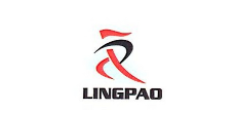
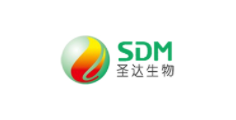


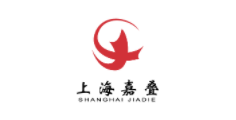


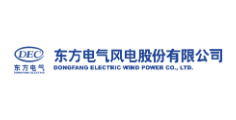
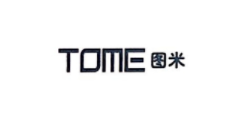

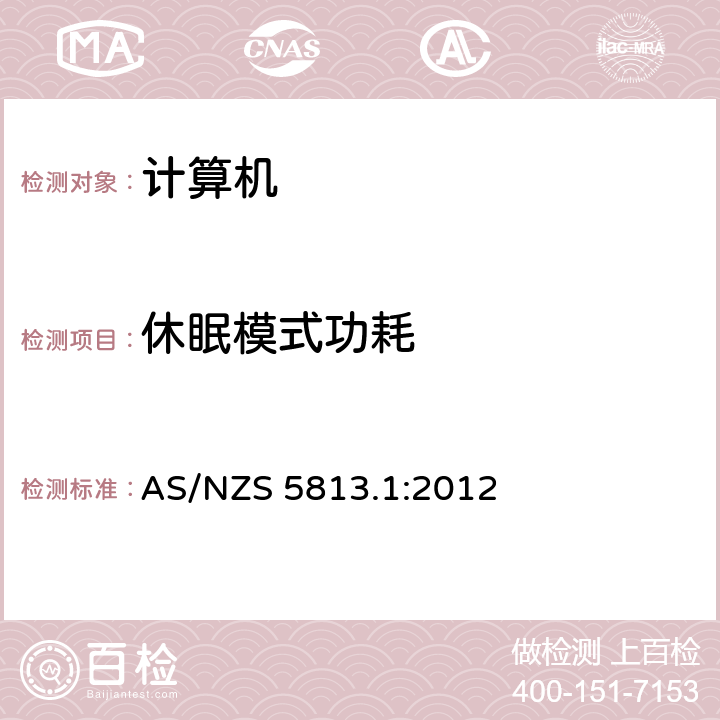
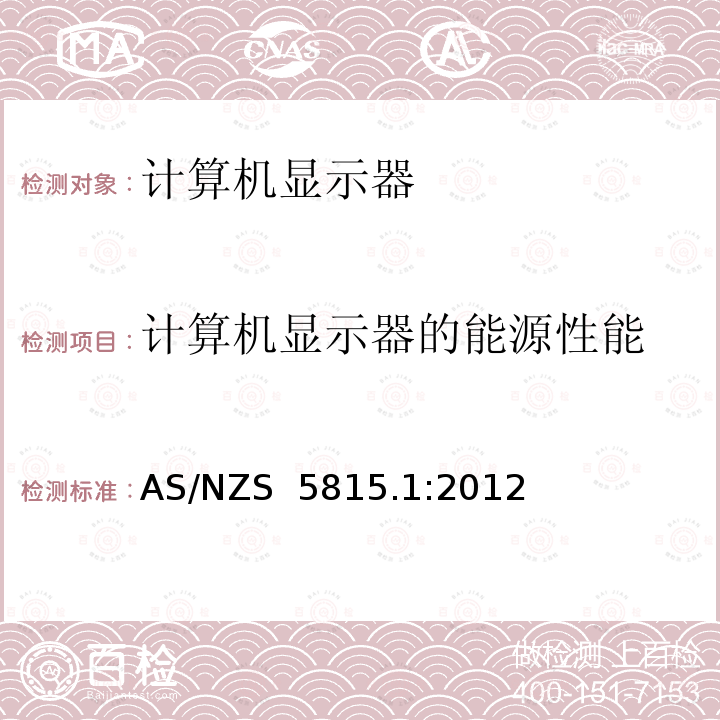
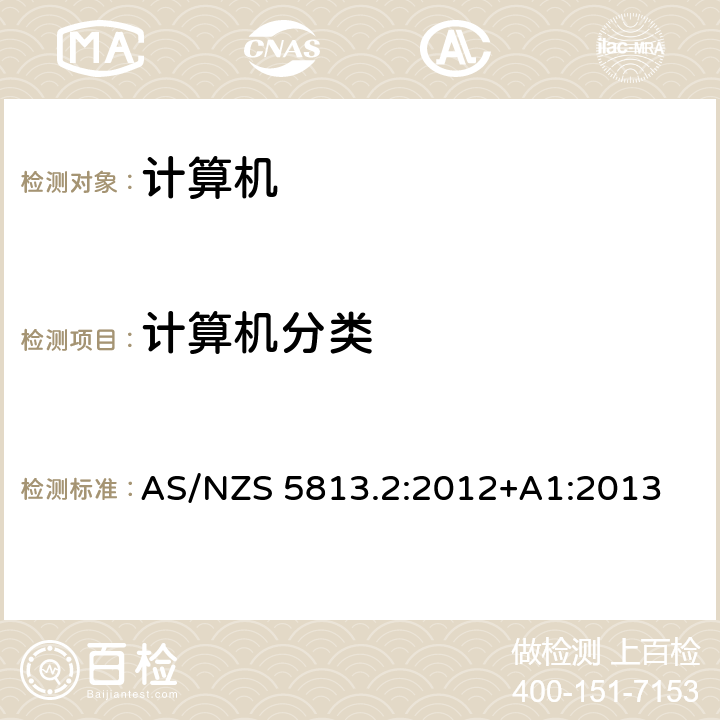
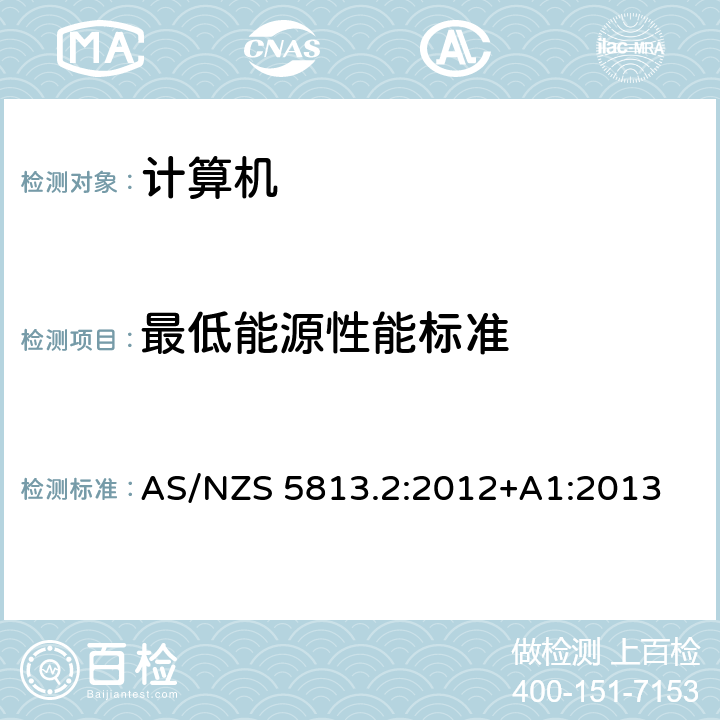
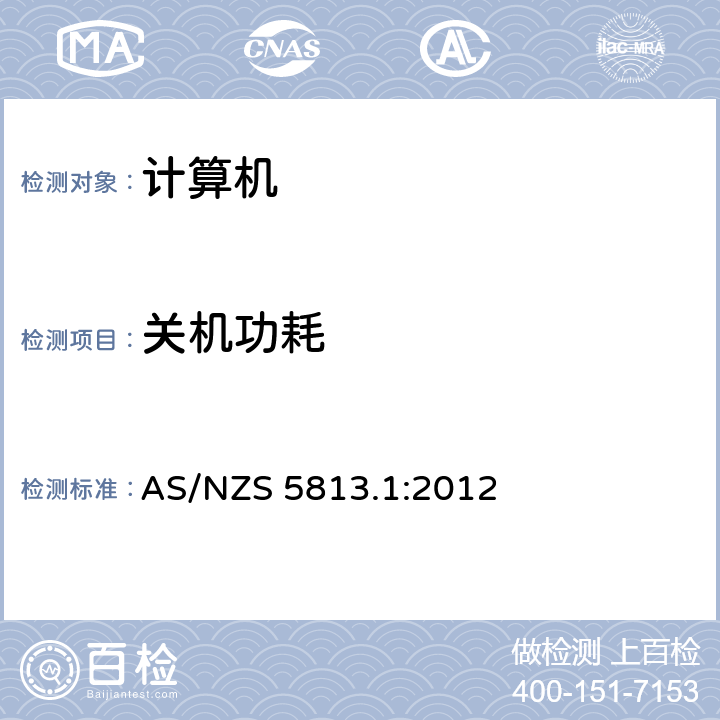
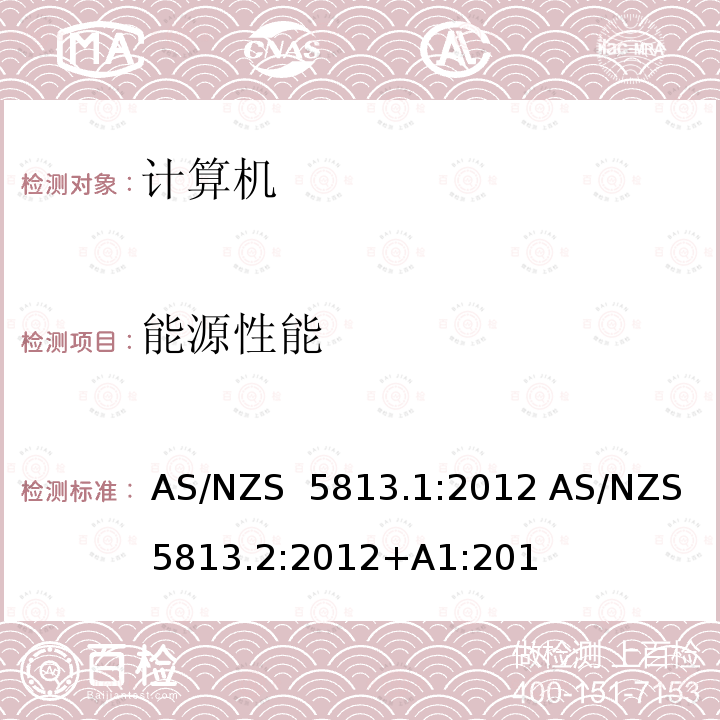

.png)
.png)
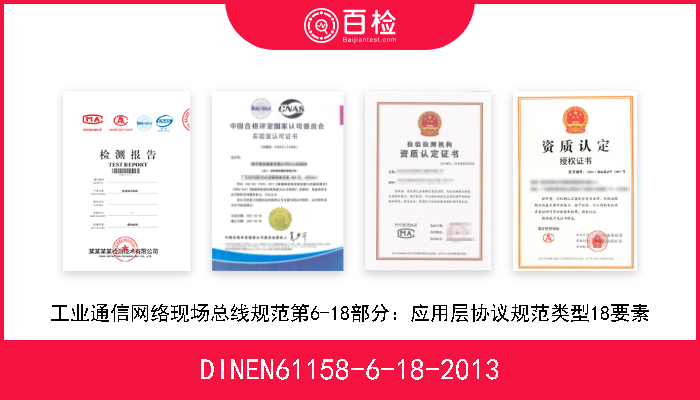
.png)
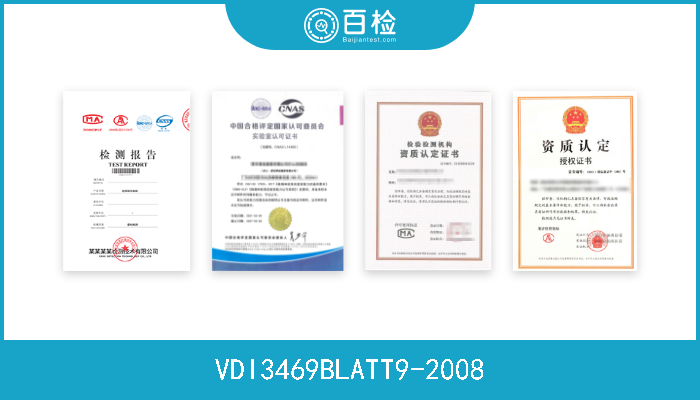
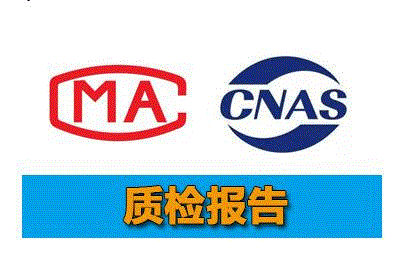
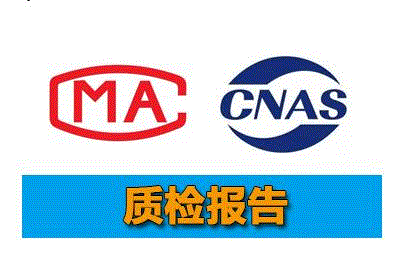
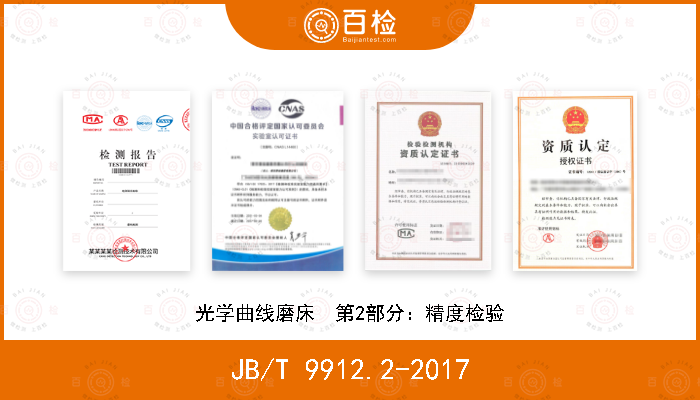



 400-101-7153
400-101-7153 15201733840
15201733840

